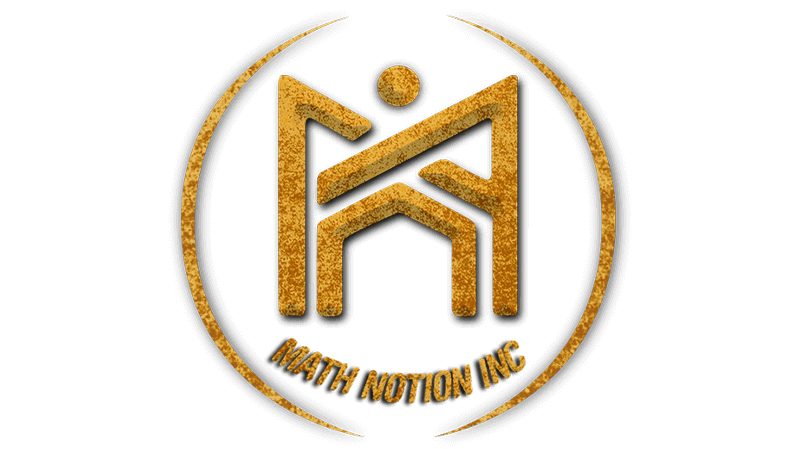
Study Time: 3minutes
10 Steps to Master a Mathematical Approach to Essay Writing
Writing an essay might seem like a creative process far removed from the logical world of mathematics. However, a mathematical approach can provide structure, clarity, and precision, making the essay-writing process more systematic and effective. Here’s how you can integrate mathematical principles into crafting well-organized and compelling essays.
1. Define the Problem: Establish the Purpose
Much like solving a math problem, essay writing begins with understanding the objective. Start by identifying the central question or purpose of your essay. Ask yourself:
- What is the main idea or argument I want to convey?
- What are the specific requirements or constraints of the essay?
Clearly defining the “problem” ensures that you have a focused thesis statement and a clear roadmap for your essay.
2. Create a Logical Framework: Outline the Structure
In mathematics, solving a complex problem often involves breaking it down into smaller, manageable steps. Similarly, an essay benefits from a clear and logical outline:
- Introduction: Present the topic, provide context, and state your thesis.
- Body Paragraphs: Divide your argument into logical components, with each paragraph addressing a specific point.
- Conclusion: Summarize the main points and restate the thesis in a broader context.
This structure ensures that your essay flows logically, much like a well-formulated proof or equation.
3. Use Analytical Thinking to Develop Arguments
Mathematics teaches us to think critically and analyze relationships. Apply these skills to construct your arguments:
- Break down your thesis into smaller components or claims.
- Support each claim with evidence, much like justifying each step in a mathematical proof.
- Evaluate counterarguments and address them systematically to strengthen your essay’s credibility.
By organizing arguments as logical progressions, your essay will have clarity and persuasiveness.
4. Prioritize Precision and Clarity
Mathematical solutions rely on precision, and the same principle applies to essay writing:
- Avoid vague or overly general statements. Be specific and concise in presenting ideas.
- Use clear transitions between paragraphs to guide the reader through your argument.
- Ensure your evidence is relevant and directly supports your thesis, much like ensuring every equation balances.
By prioritizing clarity, your essay will resonate more effectively with its audience.
5. Quantify Your Ideas Where Possible
Where appropriate, use quantitative data to bolster your arguments. For example:
- Use statistics to support claims.
- Reference numerical trends, such as percentages or growth rates, to add depth to your analysis.
- Create charts or graphs if your essay format allows for visual aids.
Quantifying ideas not only strengthens your argument but also provides an analytical edge that appeals to logical thinkers.
6. Iteration and Refinement: Revise Like a Proof
Mathematics often involves revisiting and refining solutions to ensure accuracy. The same applies to essay writing:
- Review your first draft critically, checking for coherence, clarity, and logical flow.
- Edit for grammatical precision and stylistic consistency.
- Test your arguments as you would test a hypothesis—ensure they stand up to scrutiny and counterarguments.
Revising iteratively ensures that your essay is polished and logically sound.
7. Balance Creativity with Logic
Just as mathematical creativity is essential for solving novel problems, a creative approach can enhance your essay. Use:
- Analogies and metaphors to clarify abstract concepts.
- Narrative elements to engage the reader emotionally while maintaining logical rigor.
- A balance between formal tone and compelling storytelling, depending on your audience.
Blending creativity with a logical structure makes your essay both informative and engaging.
8. Use Feedback as a Diagnostic Tool
In math, checking your solution often involves peer review or testing against examples. Apply this to essay writing by seeking feedback from peers or mentors:
- Ask for opinions on the clarity and persuasiveness of your arguments.
- Use constructive criticism to identify weak points in your essay’s structure or content.
- Revise based on feedback to achieve a final draft that meets high standards.
9. Optimize for Efficiency: Manage Time and Resources
Time management is key in both mathematics and essay writing. To stay efficient:
- Allocate specific time slots for brainstorming, drafting, revising, and proofreading.
- Use tools like mind maps to quickly outline ideas.
- Leverage grammar-checking and plagiarism-detection software to streamline the editing process.
A disciplined, step-by-step approach ensures that you complete your essay on time without compromising quality.
10. Practice Makes Perfect
As with mathematics, practice is essential to mastering essay writing. Regularly challenge yourself with new topics and types of essays to:
- Hone your analytical thinking and writing skills.
- Develop familiarity with diverse structures and styles.
- Gain confidence in articulating complex ideas effectively.
Over time, you’ll find that applying a mathematical mindset to essay writing becomes second nature.
Conclusion
Applying a mathematical approach to essay writing offers a structured and logical framework that enhances clarity, coherence, and precision. By defining your purpose, organizing your ideas, and systematically building your argument, you can create essays that are not only compelling but also well-organized and impactful. With practice, this method can help you achieve academic and professional excellence in writing.


